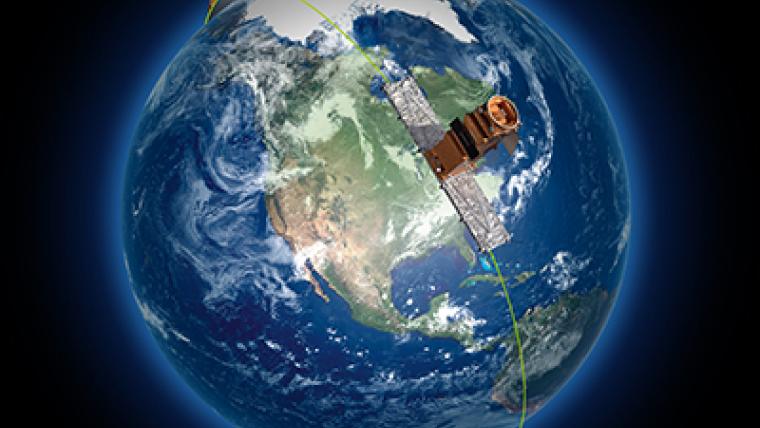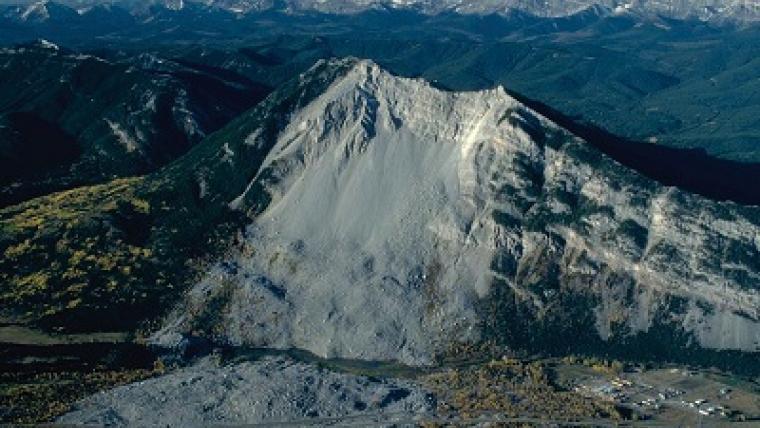Mining value from waste: a potential game changer
Mining value from waste: a potential game changer
May 2019
There’s gold in them thar’ … well … gold mines. Specifically, in the products left over as waste in the gold mining process.
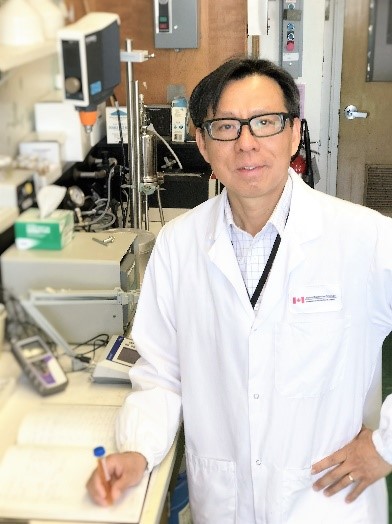
Terry Cheng hydrometalllurist and research scientist with CanmetMINING, Natural Resources Canada
Historically, much of the waste from mining activities has posed long-term liability issues with little or no economic value. But what if mining companies could recover the metals, like gold, and then sell them? The answer, these days, is obvious: they could reduce their environmental impact and, at the same time, contribute to a green economy.
Toward a sustainable mining industry
“Mining value from waste is a potential game changer in the way we manage mineral resources,” says Terry Cheng, hydrometallurgist with CanmetMINING, Natural Resources Canada. “We all believe in building a sustainable mining industry going forward in Canada. We need to seek the moment and make it happen. My role as a research scientist is to find an economic and technically feasible way to reprocess mining waste.”
With increasing environmental pressures and mounting mining costs, the case to reprocess mine waste — often called “tailings” — is compelling and offers significant environmental and economic green mining opportunities.
Significant amount of gold found in waste
What exactly is mining value from waste? Mine waste includes rocks, sludge, slag, tailings and other byproducts, depending on the type of mines and operations. The goal is the same: to reduce risk and environmental liability and, at the same time, create economic opportunities. “When we start to view these materials as profitable resources rather than waste, waste such as tailings can become gold mines — literally,” says Terry.
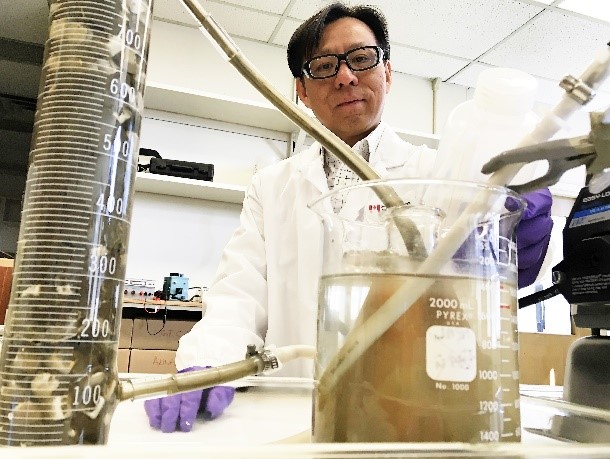
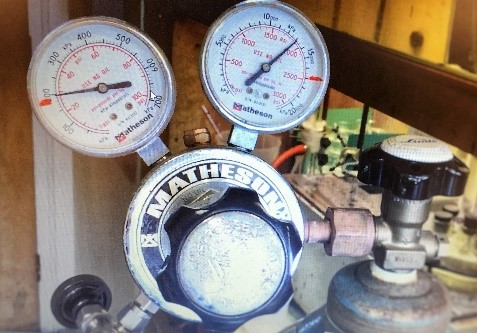
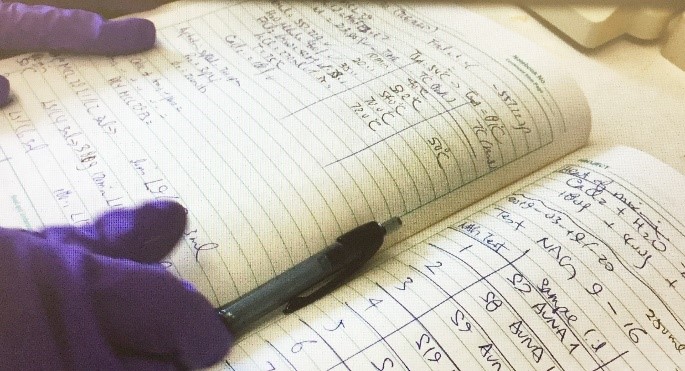
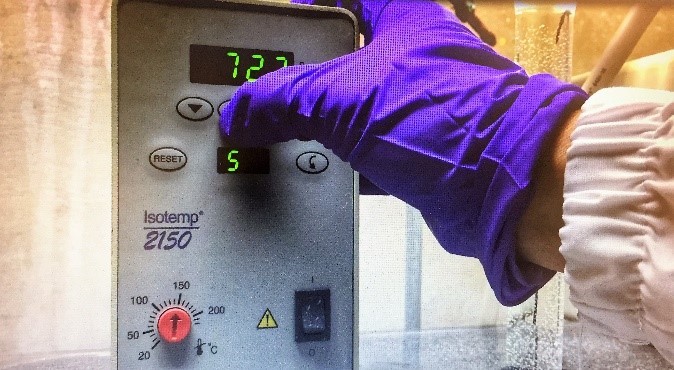
Research scientist Terry Cheng conducts experiments to extract gold from mining waste in his lab. Today’s mining waste could be tomorrow’s gold.
The financial incentives alone are certainly strong, with about $10 billion in total metal value in Canadian gold mine waste alone, according to conservative estimates. But the challenges are many. Chief among them is the fact that these tailings typically consist of very fine particles that are agglomerated, or massed together with other particles, and therefore could be difficult to process using conventional mining production techniques. Also, these tailings often contain harmful elements, such as mercury and arsenic, that require a holistic approach to reduce the risk of each one. What’s more, the sheer volume of waste is extremely high: one tailings area could have over 150 million tonnes of material to be processed. For these and other practical reasons, the adoption of mine waste reprocessing technologies has been relatively slow, at least until now.
That’s why Terry is undertaking core science experiments to explore ways to scale up the science and technology and make it more effective in large Canadian mining operations. The goal of his research is two-fold: “One is to be able to cost-effectively and safely remove the hazardous substances and extract the gold. And the second piece is to discover an effective way to speed up the desulphurization process, so tailings no longer generate acid. This way they can be safely redeposited to the land — returning nature to the people who can benefit.”
Transcript
My name is Terry Cheng. I’m a hydrometallurgist, a research scientist, at CanmetMINING. Today we’re doing the reprocessing of tailings, particularly gold tailings. So this is almost like at least 50 years old, and some of them could even be 100 years old. So what these tailings is about is it contains a fair amount of gold. In this particular case, it’s about two grams per tonne.
What we’ve done is we’ve pulverized the tailing samples to make sure there’s a lot of surface areas.
The challenge we face with tailings is tailings are very low-grade material, if you like, in a way, and also the volume is massive. So we need to find a solution which is robust and which we’ll be able to apply widely.
This is called the oxidative leach, and what we try to achieve here is two-fold.
First is to try to remove the deleterious elements. With these tailings we have a parts-per-million level of mercury and about two percent of arsenic, and this particular tailing contains about half a gram per tonne of gold. We try to do this in stages, at different temperatures or different acid concentrations. So this particular case is 50 degrees Celsius, and we will remove the mercury at this stage. And as we progress, we will raise the temperature; at the higher temperature, at that time we will try and recover the gold.
This way we can selectively separate the two elements: the good and the bad.
The next step is we’re going to prepare the samples and send it for analysis.
So far we have seen a lot of positive, encouraging results in the lab. If we’re careful about how to go about this, we can definitely develop a process, you know, which can address both the economic side and the environmental side of the tailings issue.
Experimenting with 100-year-old tailings
Terry is working with tailings produced in Nova Scotia over 100 years ago that show a significant amount of gold value. In one experiment he adds iron and common salts to the tailing samples, puts them in a water bath and gradually raises the temperature to slightly below the boiling point. He’s trying to determine the lowest possible temperature and acidity where he can safely remove all the hazardous elements and, at the same time, recover most of the gold from the tailings.
“So far we have seen very encouraging results in the lab,” says Terry at the half-way mark in CanmetMINING’s Green Mining Initiative five-year project. Next steps include working with industry collaborators to build a demonstration-scale model.
“One day, with the continual depletion of high-grade ores and the ever-increasing cost of developing new mines, what may be waste today could suddenly become a valuable resource tomorrow,” says Terry.
Terry Cheng’s core research into mining value from waste is just one example of the Green Mining Initiative’s overall goal of reducing environmental impacts of mining and improving Canada’s competitiveness.
- To learn more about mining waste and tailings, click here.
- For more information about NRCan’s Green Mining Initiative, click here.
Page details
- Date modified:
